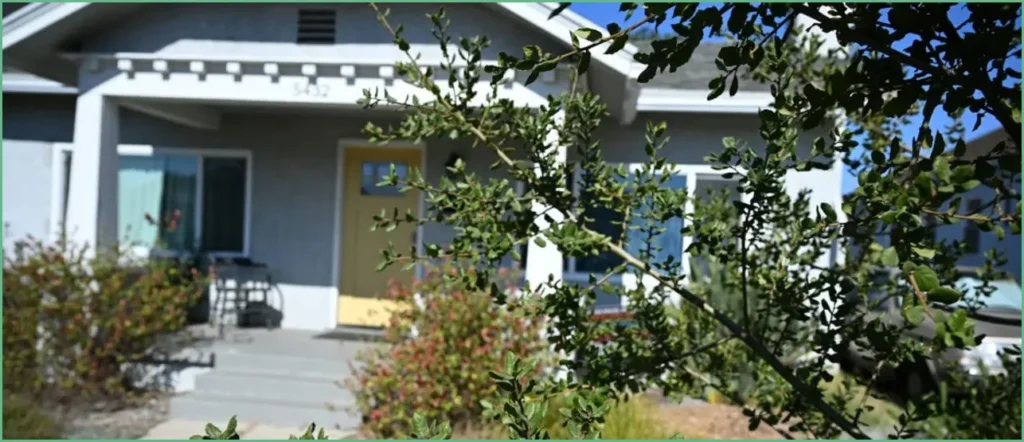Toddler Discovers Live World War II-Era Grenade In Family Yard
A 3-year-old boy playing in his front yard found a live World War II-era hand grenade and brought it inside to show his parents, who immediately called 911. The discovery happened in Hartline, Washington, and authorities treated the report as an active explosive incident. Quick action by the family and a calm response by local emergency services prevented a potential tragedy.
The item was found on the 600 block of Willard Street in the small agricultural town, and the emergency call came in at approximately 6:45 p.m. Deputies secured the scene and requested help from specialized bomb technicians. Neighbors watched as professionals moved in to assess the danger and plan a safe removal.
Washington State Patrol bomb technicians responded to assist local deputies and confirmed the device was live and capable of detonation. The team carefully removed the grenade from the property and transported it to a rural location north of town. There, the technicians destroyed the device without incident, eliminating any immediate threat to the community.
The Grant County Sheriff’s Office later released a photograph showing the actual grenade, which appeared heavily corroded and covered in rust. Officials described the explosive as a World War II-era hand grenade that had suffered significant weathering from prolonged outdoor exposure. They were unable to determine how the device arrived at the property or how long it had been sitting there.
No injuries were reported and the child was unharmed, a fact both reassuring and surprising given the risks involved. The family and neighbors expressed relief that what could have been a devastating accident ended safely. The incident serves as a stark reminder of how dangerous relics can surface in everyday places.
Hartline is a tiny community roughly halfway between Seattle and Spokane with a population of about 150 residents. In towns like this, yards, fields and old lots can conceal forgotten objects that carry real risk. Rural areas sometimes intersect with the long tail of history, where decades-old items resurface unexpectedly.
World War II-era munitions turn up from time to time across the country, often after soil shifts, digging, construction or erosion expose them. Corroded metal becomes brittle and unstable, which can make old explosives more unpredictable than their newer counterparts. That instability is why trained bomb technicians handle these recoveries instead of homeowners or curious neighbors.
Authorities emphasize a simple, lifesaving rule: if you find a suspicious item that might be explosive, do not touch it or move it. Mark the area from a safe distance if possible, keep people and especially children away, and call local law enforcement right away. Modern emergency services have protocols and equipment to evaluate and, when necessary, destroy hazardous ordnance safely.
There are understandable reasons people keep or dig on their land that can lead to such finds—landscaping, gardening, renovations, metal detecting and farm work all disturb the ground. When objects that look old or out of place appear, curiosity can be a hazard. Treating unusual finds as potentially dangerous and calling professionals is the responsible response.
Bomb squads typically use remote tools and containment methods to move or detonate old explosives, and they choose disposal locations that minimize risk to people and structures. Controlled detonations are routine for these teams and are designed to be safe when carried out by experts. The technicians in Hartline followed those standard procedures to neutralize the grenade without incident.
Local officials often follow up such incidents with public reminders about safety and reporting procedures. Neighbors in small towns tend to share information quickly, and this discovery prompted a wave of caution and relief across Hartline. The message is clear: vigilance and prompt reporting save lives.
Beyond the immediate safety concerns, these finds also point to the lasting physical footprint of global conflicts on local landscapes. Unexploded ordnance from past wars remains a hazard long after the battles have ended, turning everyday places into potential danger zones. Communities and families need to recognize that history can show up in unexpected and hazardous forms.
For parents and caregivers, the Hartline incident is a sharp reminder to supervise young children outdoors and to teach basic safety about unknown objects. For landowners and hobbyists, it’s a call to exercise caution when digging or scanning soil and to consult authorities if anything suspicious is uncovered. Simple precautions reduce risk and protect the people who matter most.
Law enforcement and bomb technicians get training for these exact scenarios, and their safe resolution of this case deserves credit. Swift reporting, professional response and controlled disposal turned what might have been a disaster into a managed safety operation. The community can move forward grateful for a safe outcome and a renewed respect for the hidden dangers that sometimes lie beneath our feet.
